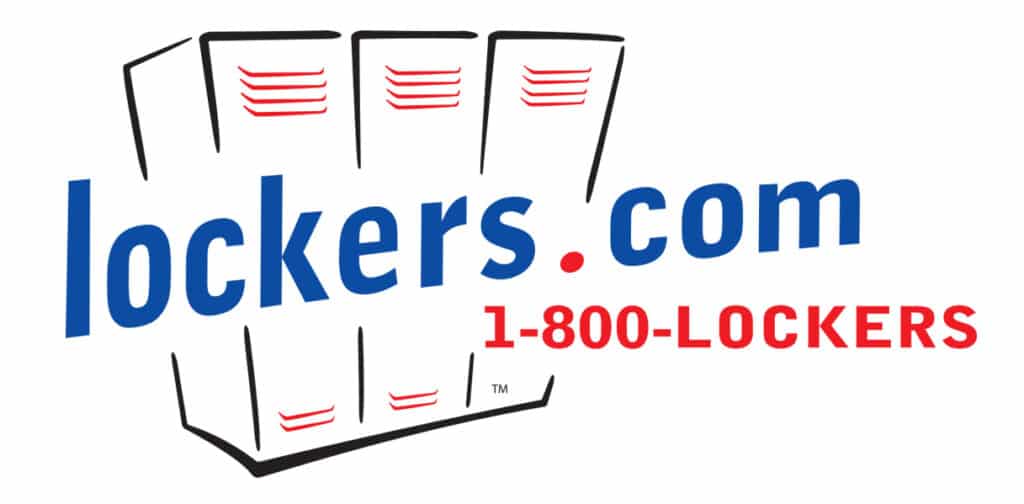Safety and values-based education go hand in hand at Christian schools across America. Charged with nurturing both the academic and spiritual growth of the next generation, this sacred responsibility requires creating secure environments—physical and digital—for students and staff to thrive.
While physical safety is paramount in every educational setting, Christian schools face unique challenges in maintaining environments that support their mission and protect students from inappropriate content. Technology can help address these concerns while supporting high academic standards.
With appropriate infrastructure, schools can protect students physically, monitor digital access to ensure alignment with faith-based values, and maintain the academic integrity required for college-bound students in competitive educational environments.
Here are several solutions these schools can consider for a safer experience:
- Content filtering and responsible digital access. Christian schools in particular have a responsibility to protect students from inappropriate online content while providing resources that align with their values. Advanced content filtering systems allow administrators to create customized permission settings that limit students to approved websites, applications, and digital resources. These systems can be tailored to block content that conflicts with school policies while still providing access to educational materials necessary for academic growth.
With robust content filtering technology, students can safely conduct research without exposure to harmful content, ensuring their digital experience aligns with the school’s mission. The most advanced systems can be customized by grade level, allowing age-appropriate access that grows with students’ maturity.
- Activity monitoring and digital responsibility. Mentorship is central to student development, and technology can extend instructional oversight into the digital realm. Classroom device monitoring systems allow educators to view students’ screens in real time, ensuring appropriate use of technology during class time while also supporting collaborative instruction. These systems enable teachers to cast students’ devices onto a common screen where the class can work through exercises and problem-solve together, with timely guidance on proper digital citizenship.
These solutions provide valuable opportunities for teachers to model responsible technology use. When implemented properly, they become less about surveillance and more about digital responsibility, helping students develop habits of integrity in online spaces.
- Wireless security cameras. Most schools already use some form of video surveillance, but hardwired systems limit visibility in key areas like chapels, prayer gardens, and outdoor gathering spaces. Wireless cameras can be deployed throughout campus quickly and economically, providing monitoring capability in areas where traditional wiring might be impractical.
These cameras not only enhance security but can also help administrators ensure campus spaces are being used appropriately during and after school hours. With proper Wi-Fi infrastructure, installation is simple and cost-effective, allowing even schools with limited budgets to achieve comprehensive campus monitoring.
- Connected door locks. Requiring students, staff and visitors to validate their identity before accessing campus buildings aligns with Christian schools’ commitment to creating safe, nurturing environments. Modern access control systems can restrict entry to authorized individuals only, preventing unauthorized access to classrooms and administrative areas.
These systems can be programmed with different access levels, ensuring students only enter appropriate areas while giving staff necessary access to restricted spaces. The data from these systems also provides valuable accountability, allowing administrators to know exactly who entered which areas and when—critical information during emergency situations.
- Academic integrity through network segmentation. High academic performance is a priority in private schools. With educational opportunities and college admissions becoming increasingly competitive, schools must protect the integrity of their grading systems and student records. Network segmentation creates separate, secured digital environments for administrative functions (including grading systems) and student use.
This separation prevents even the most tech-savvy students from accessing grade databases or sensitive administrative data. By maintaining secure boundaries between different parts of the network, schools protect student privacy and academic integrity, reinforcing ethics and fairness.
- Student attendance and location tracking. Knowing where students are throughout the day is essential for both safety and accountability. Modern ID badge systems can track student movements throughout campus, ensuring they’re attending required classes and chapel services while alerting staff to unauthorized absences.
These systems can use AI capabilities to streamline attendance taking, freeing teachers to focus on instruction rather than administrative tasks. In emergency situations, the same technology provides critical information about student locations, ensuring no one is left behind during evacuations or lockdowns.
- Staff safety alert devices. Faculty and staff often work extended hours, sometimes remaining on campus for evening activities or coming in early to prepare for the day. Wearable safety devices connected to the school’s Wi-Fi network provide immediate access to help in case of medical emergencies, accidents, or security concerns.
These devices offer peace of mind to teachers and staff working in isolated areas of campus or during non-standard hours. With built-in tracking capabilities, security personnel can quickly locate and assist any staff member in distress, ensuring that those who care for students are themselves well-protected.
- Enhanced transportation safety. School buses transporting students can benefit from Internet of Things (IoT) technology that monitors vehicle performance and student behavior. Advanced telematics systems track maintenance needs before problems occur, preventing breakdowns that could leave students stranded.
Onboard cameras with Wi-Fi download capability allow administrators to review footage when behavioral issues arise, helping enforce the same high standards of conduct expected on campus.
- Comprehensive network security. The school network itself must be protected against external threats that could compromise both student data and the technology systems supporting campus safety. Strong authentication protocols, malware detection, and robust firewalls protect against unauthorized access to sensitive information about students and families. Network security also protects the integrity of educational tools and safety systems that rely on digital connectivity.
While numerous technology solutions are available, many schools face challenges with systems integration and limited IT resources. The foundation for all these safety and integrity measures is a reliable, high-capacity Wi-Fi network that can support multiple connected devices throughout campus.
With the right network infrastructure in place, Christian schools can leverage technology to create environments that are physically safe, digitally appropriate, and academically sound—all while supporting their unique mission of faith-based education that prepares students for college and beyond.
Angela Quinn is the Senior Director of Business Development – the Americas for Nomadix, an ASSA ABLOY company. She brings over 20 years of experience to her role and an extensive background in Cloud Analytics Software, Networking, Wireless, Data Center, and Security Software Solutions.







